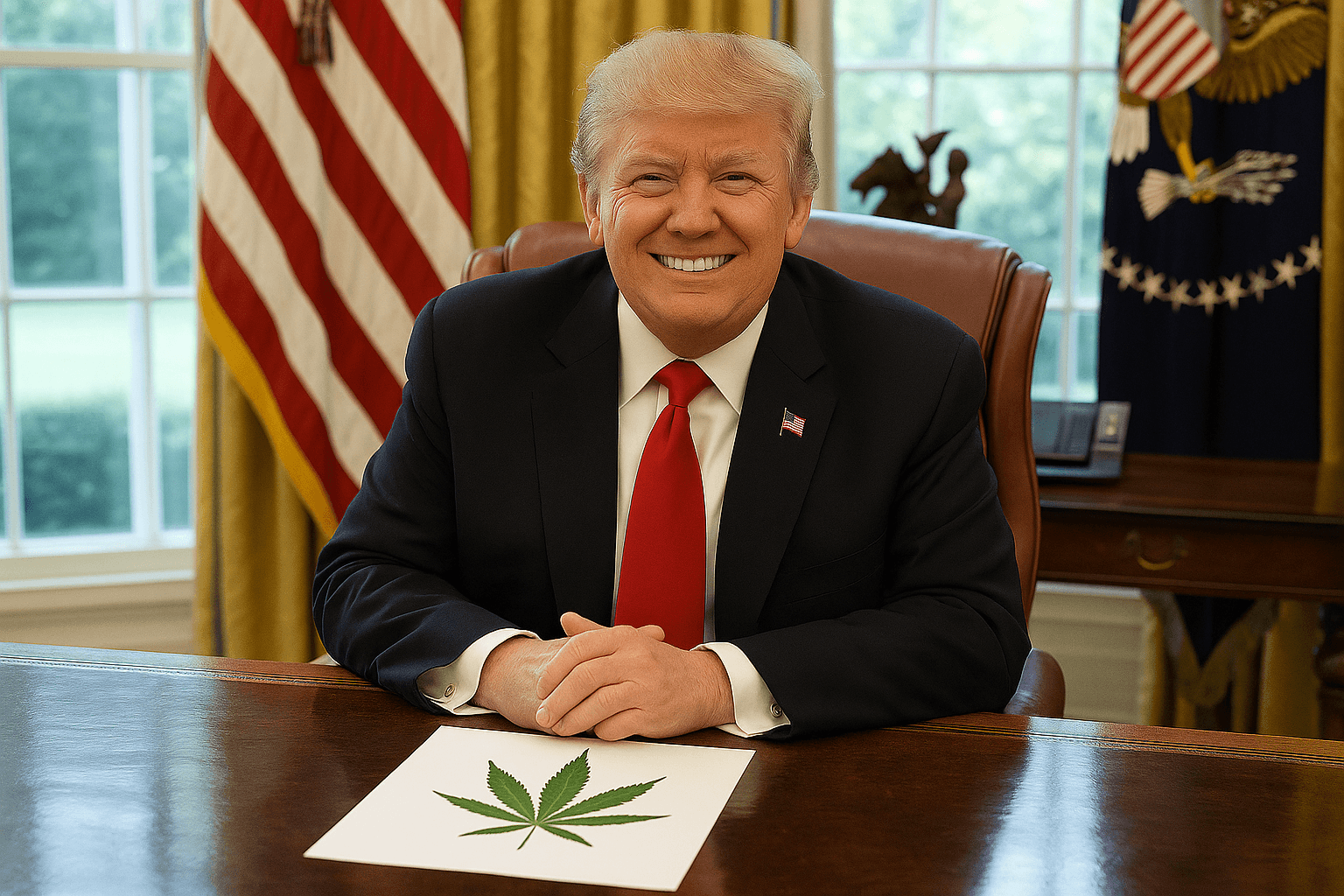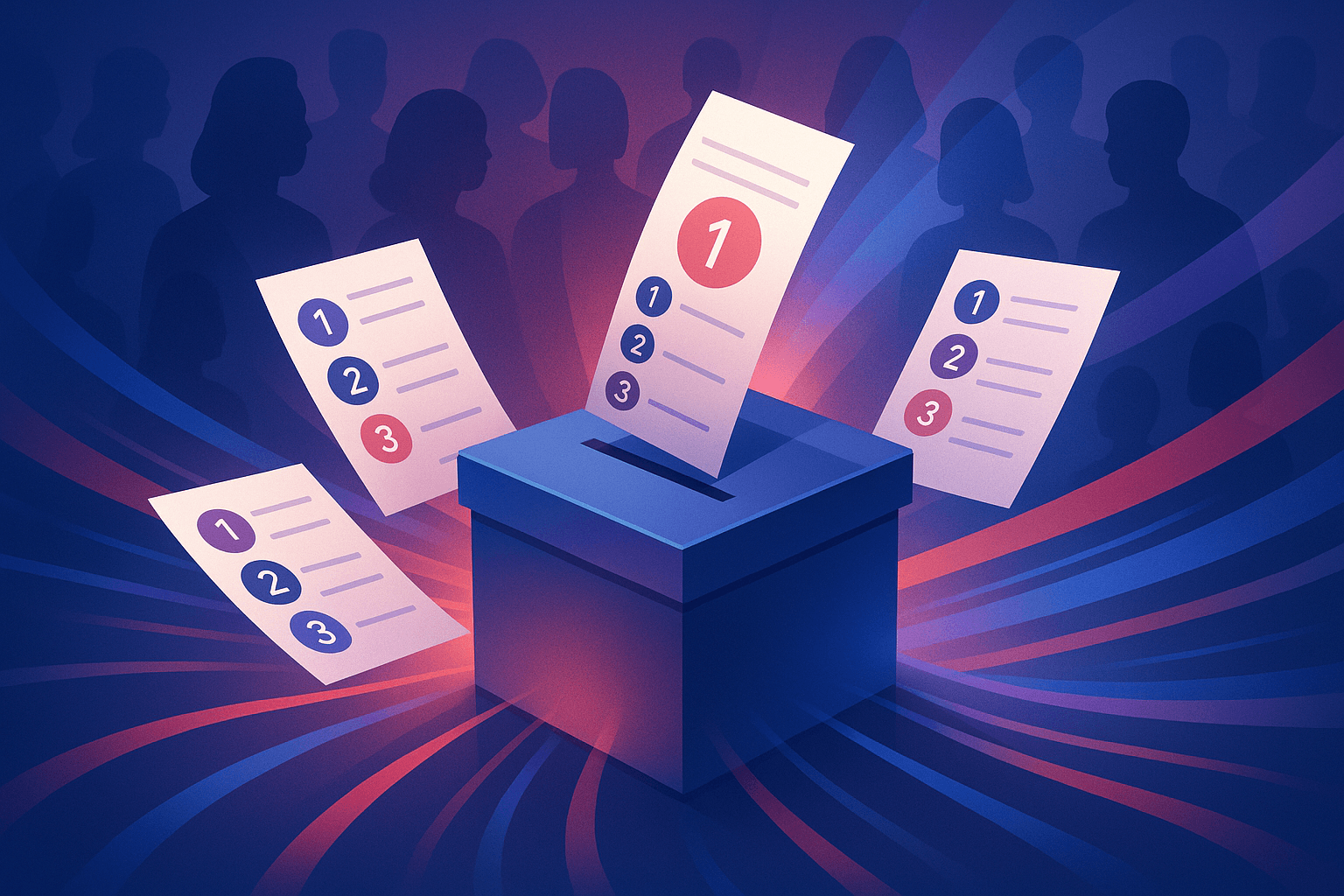How The Fair Representation Act Can Defuse Weaponized Gerrymandering

Published: 30 Aug, 2018
4 min read
Modern data-driven map making capabilities have made the age-old practice of drawing congressional districts to favor a political party – gerrymandering – a frighteningly precise and effective weapon in American politics.
A SCOTUS punt of two high-profile cases that were before the Supreme Court this summer (one an example of Republican partisan gerrymandering, the other Democratic) led to citizen ballot initiatives in several states, while just this week in North Carolina, a federal court ruled its congressional district lines unconstitutional and must be re-drawn in time for November’s general election.For our latest “Voices & Choices” podcast, we invited FairVote Senior Fellow David Daley, one of the country’s preeminent experts on the subject, to talk about North Carolina, what happened in the Supreme Court, and why the Fair Representation Act is a perfect remedy to partisan gerrymandering. The following is an excerpt from that interview, slightly edited for clarity.David Daley: What's so powerful about the Fair Representation Act as a solution for partisan gerrymandering, is that it gets at the real underlying problem. We have a redistricting problem in this country, yes. But we also have a districting problem. The underlying issue here is our single-member, winner-takes-all system, which really bakes in unrepresentative outcomes.The beauty of the Fair Representation Act is in its combination of multimember districts and ranked choice voting. When you have multimember districts first of all, you have larger districts. You can take away the sting of gerrymandering and the power of these district lines simply by having bigger districts. You don't necessarily need to set up fancy commissions to draw better single-member districts. You could simply say we're going to go at the real problem.Rich Robinson: For those who are new to this, multimember districts means the congressional districts are enlarged, reducing the number of districts. More than one person is elected to represent that district in Congress.Daley: Yes, that's right. You would have the same number of representatives from all of these states. They would simply represent fewer districts. Take a state like Massachusetts which right now has nine members of Congress. All of them are Democrats. And it's all single-member districts.If you had the Fair Representation Act, Massachusetts might have three districts of three members and then everybody in those districts would be free to vote for somebody who really reflected their point of view. FairVote has done studies on this and it shows that you would dramatically increase not only the number of competitive districts in the country, but you would dramatically increase the number, perhaps, of third party candidates, of centrist candidates, of independent folks. You would see new members of all different kinds of backgrounds and perspectives going to Washington.You would also create so many more districts that might actually send a woman or a minority or a person of color to Congress than currently exist now. And you would change fundamentally the incentives behind running for office. You would probably see less negative campaigning. You would probably see more folks running for office as a team. And when those folks got to Washington they would be incentivized in such a way that they were trying to work together -- that they were trying to solve problems. Our single-member district system encourages all of the behavior Americans hate.Robinson: Conservative columnist David Brooks wrote an article for The New York Times a couple of months ago called, “One reform to save America.” And he noted, smartly, that there's nothing in the Constitution that says that we have to have single-member districts. That's a construct that the Congress passed in 1967. Congress could change this.Daley: I think that's exactly right. I mean it's simply statutory. We have had multimember districts in the past in this country, as most other democracies around the world use some version of this. We really are the only democracy in the world that allows politicians to draw these kind of single-member districts. It's from another time and it's fundamentally not working. And we need to think about how we really create a government that functions in these polarized times.This is the issue of our time. If you talk to Democrats, if you talk to Republicans, if you talk to the growing number of independents in this country, there is such a sense that the system itself is rigged against voters, and they're not wrong. The question is, how do you get that kind of systemic change when you need the people who've been elected through that system to go ahead and reform it? So it's going to take all of us; it's going to take big, broad bipartisan coalitions to try and build the democracy we want to have.
Listen to the podcast here.
Editor's note: This piece originally published on FairVote's website and has been modified slightly for publication on IVN.You Might Also Like
Is Trump About to Outflank Democrats on Cannabis? Progressives Sound the Alarm
As President Donald Trump signals renewed interest in reclassifying cannabis from a Schedule I drug to Schedule III, a policy goal long championed by liberals and libertarians, the reaction among some partisan progressive advocates is not celebration, but concern....
08 Dec, 2025
-
5 min read
From the Palisades to Simi Valley, Independent Voters Poised to Decide the Fight to Replace Jacqui Irwin
The coastline that defines California’s mythology begins here. From Malibu’s winding cliffs to the leafy streets of Brentwood and Bel Air, through Topanga Canyon and into the valleys of Calabasas, Agoura Hills, and Thousand Oaks, the 42nd Assembly District holds some of the most photographed, most coveted, and most challenged terrain in the state. ...
10 Dec, 2025
-
6 min read
Ranked Choice for Every Voter? New Bill Would Transform Every Congressional Election by 2030
As voters brace for what is expected to be a chaotic and divisive midterm election cycle, U.S. Representatives Jamie Raskin (Md.), Don Beyer (Va.), and U.S. Senator Peter Welch (Vt.) have re-introduced legislation that would require ranked choice voting (RCV) for all congressional primaries and general elections beginning in 2030....
10 Dec, 2025
-
3 min read


